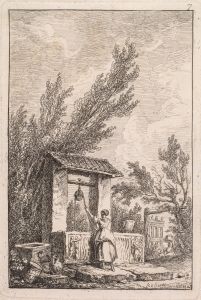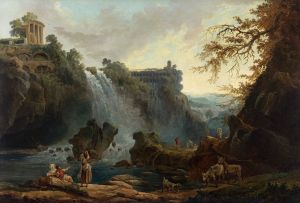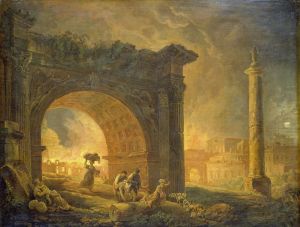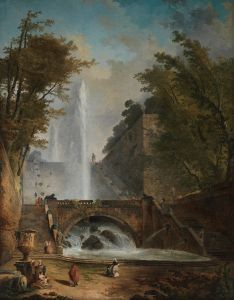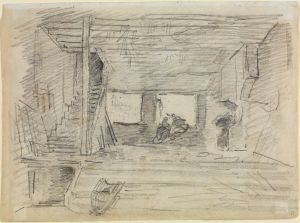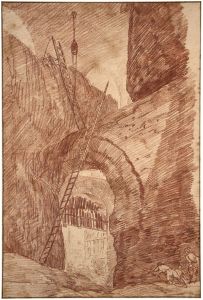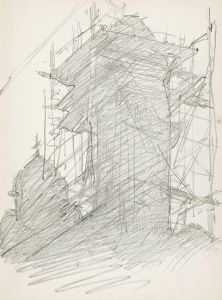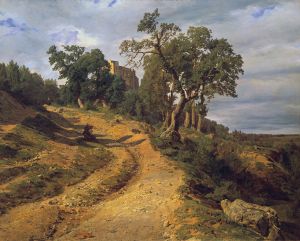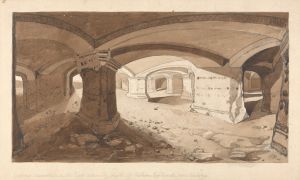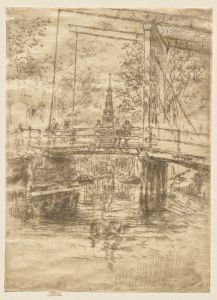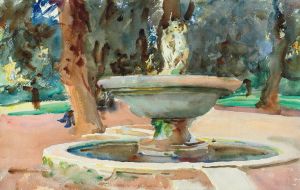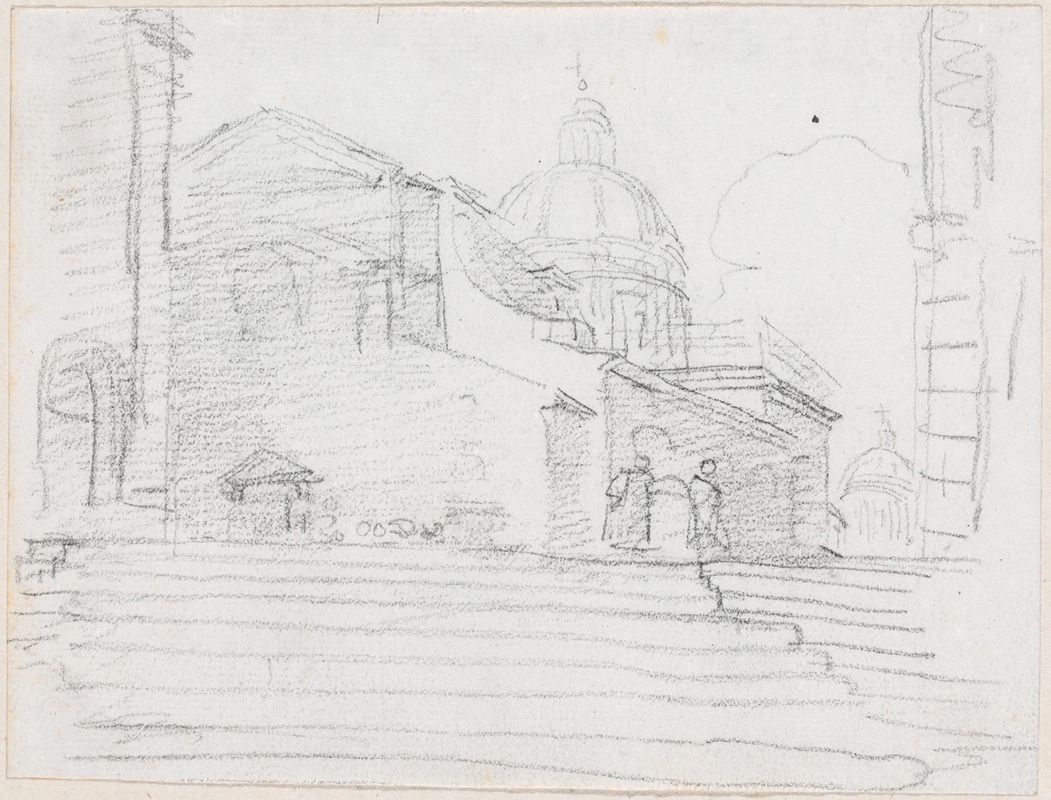
S. Rocco
A hand-painted replica of Hubert Robert’s masterpiece S. Rocco, meticulously crafted by professional artists to capture the true essence of the original. Each piece is created with museum-quality canvas and rare mineral pigments, carefully painted by experienced artists with delicate brushstrokes and rich, layered colors to perfectly recreate the texture of the original artwork. Unlike machine-printed reproductions, this hand-painted version brings the painting to life, infused with the artist’s emotions and skill in every stroke. Whether for personal collection or home decoration, it instantly elevates the artistic atmosphere of any space.
Hubert Robert was a prominent French painter known for his landscapes and architectural scenes, particularly those depicting ruins. He was born on May 22, 1733, in Paris, France, and became one of the most celebrated artists of his time, earning the nickname "Robert des Ruines" due to his fascination with depicting ruins. His works often combined elements of the real and the imaginary, creating evocative scenes that captured the imagination of his contemporaries.
One of his notable works is "S. Rocco," although specific details about this particular painting are not widely documented. Hubert Robert's oeuvre typically includes a blend of classical architecture and pastoral landscapes, often infused with a sense of romanticism and nostalgia. His paintings frequently feature grandiose ruins, lush vegetation, and figures engaged in leisurely activities, all rendered with a keen eye for detail and composition.
Robert's artistic style was heavily influenced by his time in Italy, where he studied from 1754 to 1765. During his stay, he was exposed to the works of Italian masters and the ruins of ancient Rome, which left a lasting impression on his artistic vision. This influence is evident in many of his paintings, where he skillfully combines elements of classical architecture with the natural beauty of the landscape.
In addition to his paintings, Hubert Robert was also involved in various other artistic endeavors. He worked as a designer for the Royal Gobelins Manufactory and served as the curator of paintings at the Louvre Museum. His contributions to the arts were recognized by his election to the Académie Royale de Peinture et de Sculpture in 1766.
Robert's work was highly regarded during his lifetime, and he enjoyed the patronage of several prominent figures, including King Louis XVI. However, the French Revolution brought significant changes to his life. He was imprisoned during the Reign of Terror but was eventually released and continued to paint until his death on April 15, 1808.
While specific information about "S. Rocco" by Hubert Robert is limited, it is likely that the painting embodies the characteristics that define his body of work: a harmonious blend of architectural elements and natural landscapes, executed with a romantic sensibility. His paintings often evoke a sense of timelessness, inviting viewers to reflect on the passage of time and the enduring beauty of both nature and human creations.
Hubert Robert's legacy endures through his extensive body of work, which continues to be celebrated for its artistic merit and historical significance. His ability to capture the essence of ruins and landscapes with such poetic grace has solidified his place as one of the most important artists of the 18th century.






![Ruins. Temple on the Island of Biggeh [Bîga, Bîjah], Nubia.](/imgs/217537/s/david-roberts-ruins-temple-on-the-island-of-biggeh-biga-bijah-nubia-1cd1f41d.jpg)
